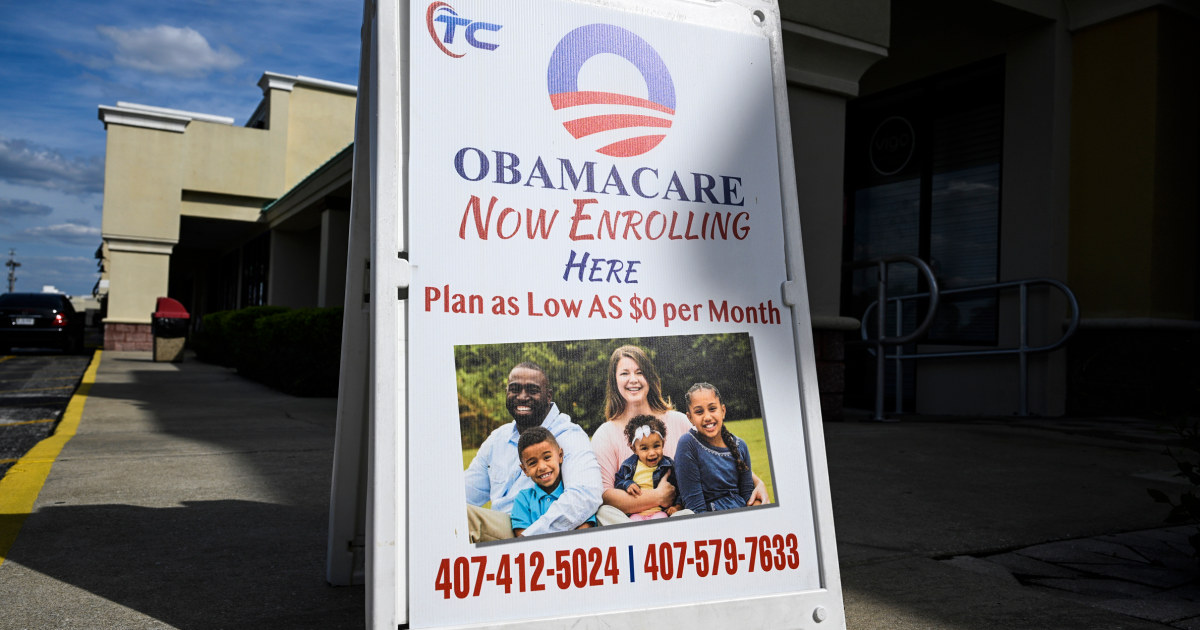Proposed ACA Premium Hikes Reach Highest Levels Since 2018
Insurers are proposing an average 15% premium increase for ACA plans in 2026, driven by rising healthcare costs and potential subsidy expirations.
Subscribe to unlock this story
We really don't like cutting you off, but you've reached your monthly limit. At just $5/month, subscriptions are how we keep this project going. Start your free 7-day trial today!
Get StartedHave an account? Sign in
Overview
- Insurers are proposing an average premium increase of 15% for ACA plans in 2026, the largest since 2018.
- Some insurers are seeking rate hikes of 20% or more, which could lead to higher premiums and lower subsidies for consumers.
- Policy experts warn that if subsidies expire, average coverage costs could rise by over 75%, prompting additional rate hikes.
- Rising healthcare costs, including medical inflation and the expiration of tax credits, are the main reasons for the proposed increases.
- Tariffs on pharmaceutical imports and other economic factors are also contributing to the significant premium hikes proposed by insurers.
Report issue

Read both sides in 5 minutes each day
Analysis
The reporting appears neutral by presenting a balanced view of factors contributing to rising health insurance costs. It attributes increases to medical inflation, expiring tax credits from the Biden administration, and new policies from the Trump administration, including their stated justifications. The article relies on data from non-partisan sources like KFF and Mercer, avoiding loaded language or selective emphasis to push a particular narrative.
Articles (5)
Center (4)
FAQ
The proposed 15% average premium increase is driven by rising healthcare costs, including medical inflation and tariffs on pharmaceutical imports, as well as the potential expiration of enhanced premium tax credits which subsidize consumer costs under the ACA.
The expiration of the enhanced premium tax credits is expected to cause over a 75% increase in average enrollee premium payments, leading to higher premiums and more people likely forgoing insurance. This reduces the enrollee pool to a sicker, more expensive population, further increasing costs.
Some insurers are proposing hikes of 20% or more due to uncertainties over federal policy changes, rising medical and labor costs, and to cover the impacts of policy rollbacks such as the expiration of COVID-era ACA subsidies and increased paperwork and spending cuts.
Premium increases and subsidy expirations could cause 11 to 14 million people to lose ACA coverage, shrinking enrollment to levels not seen since the early marketplace years, worsening the risk pool, and possibly prompting some insurers to exit the ACA marketplace.
Yes, some members of Congress are exploring ways to temper the subsidy reductions to mitigate the financial impact on consumers facing higher premiums in 2026, as there is political pushback due to the looming sticker shock.
History
- This story does not have any previous versions.





